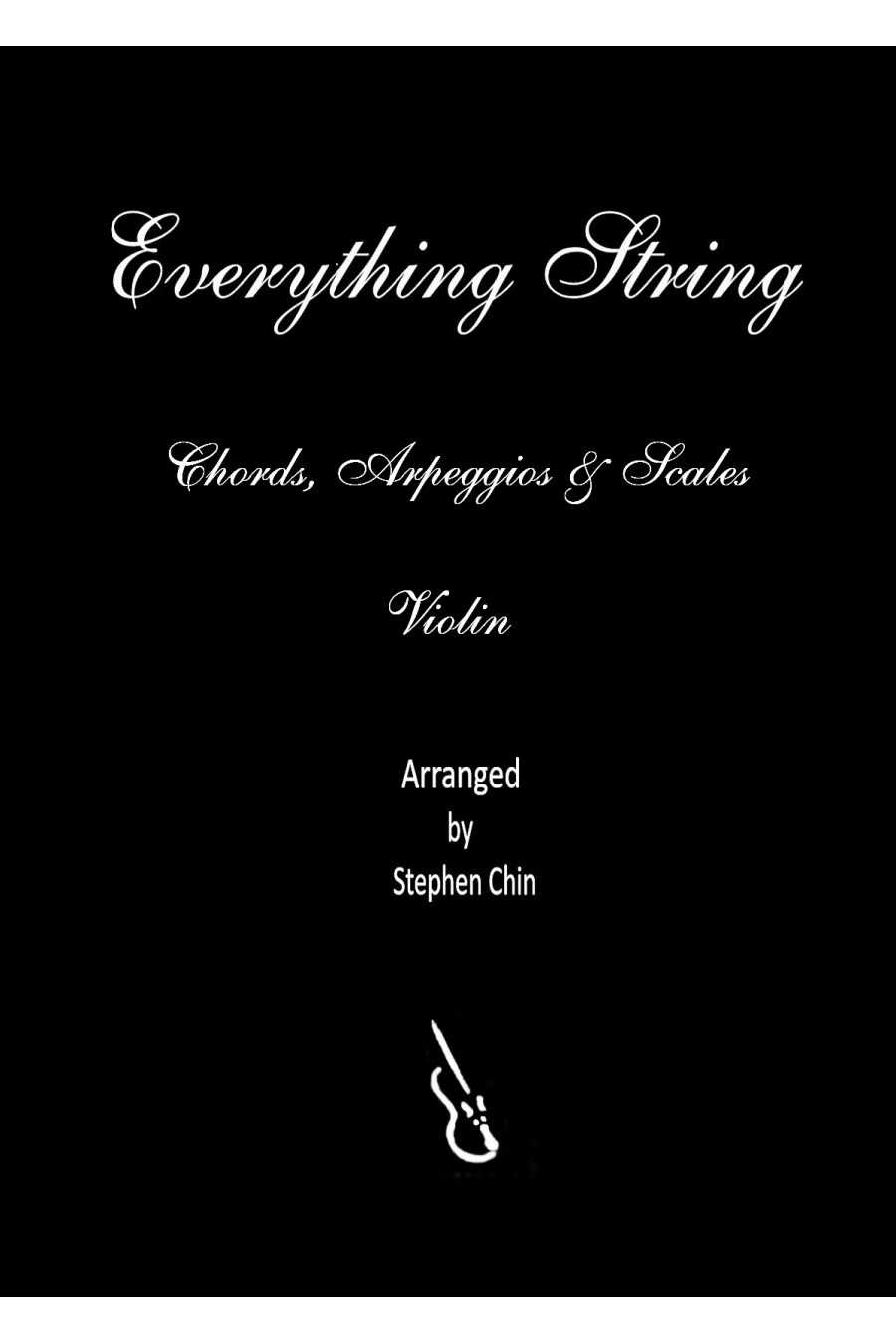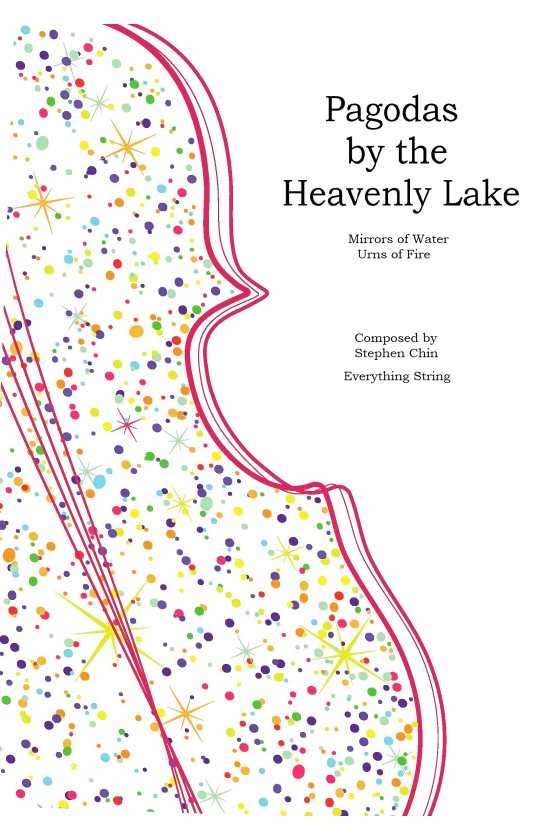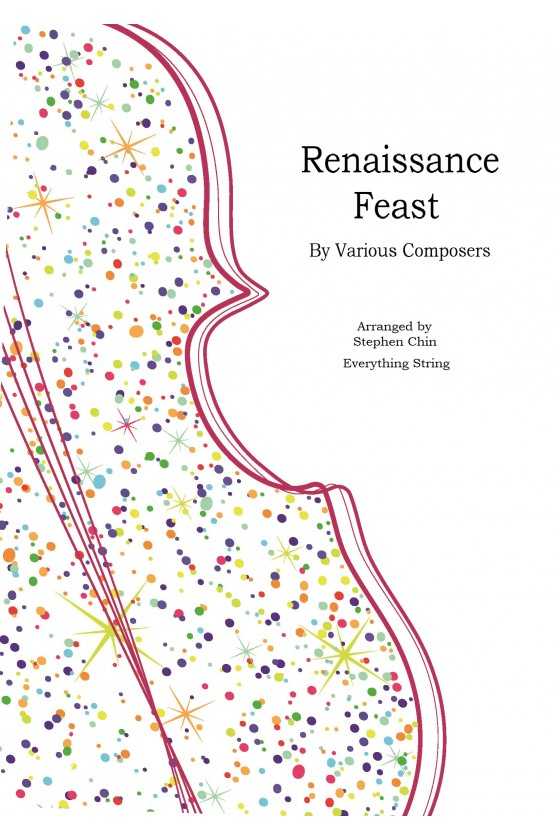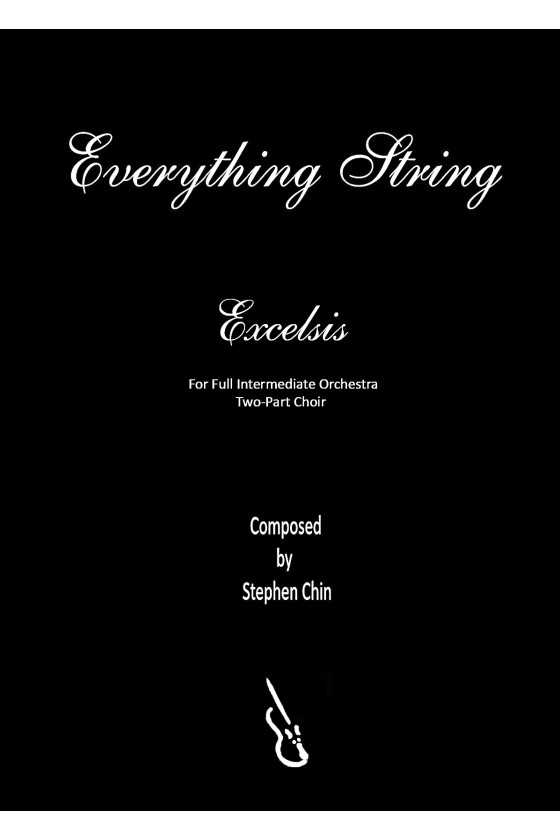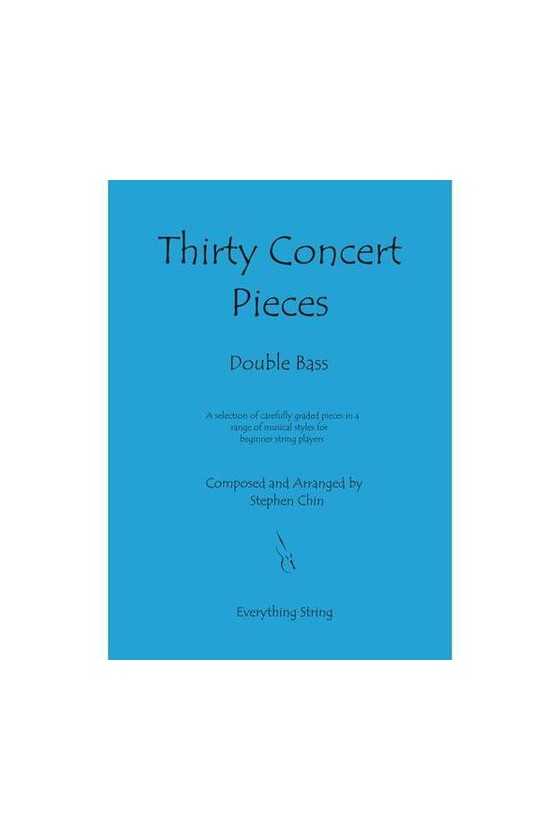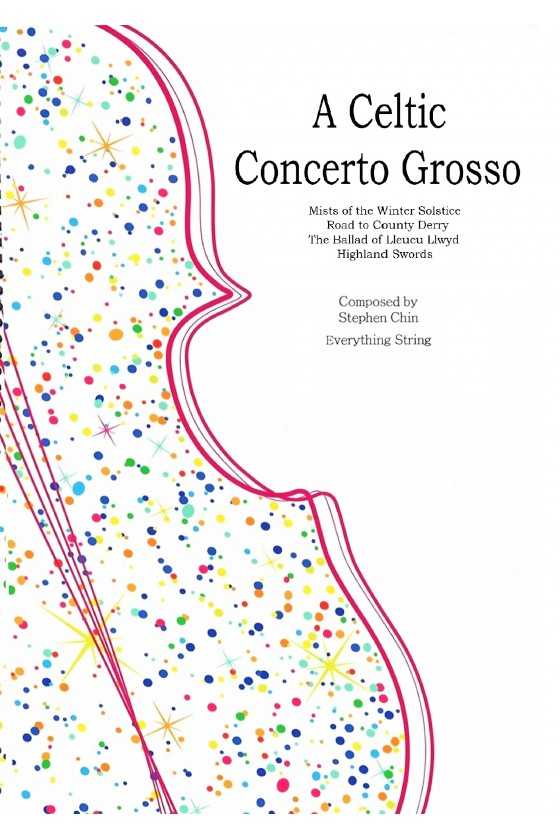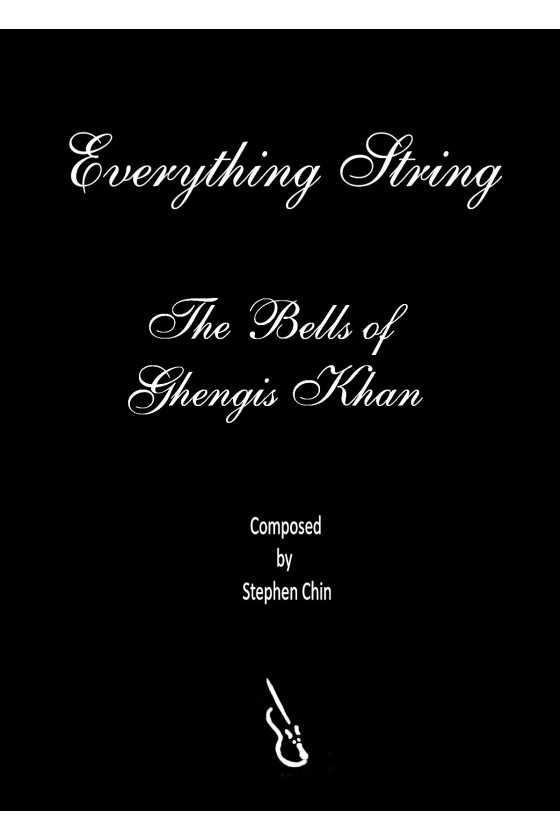Chords, Arpeggios And Scales – Violin By Stephen Chin
These booklets offer an indispensable tool for musicians looking to improve their skills in intonation, left-hand technique, security in the first three positions, and tonal projection. The booklets contain a comprehensive guide to keys, covering up to four sharps and three flats, which provides a solid foundational knowledge of diatonic scales for players at any level. Additionally, the keys selected in the booklets enable players to tune their instruments in relation to one or more open strings, establishing a strong tonal foundation. When used in tandem with etudes and pieces, these booklets provide teachers and students with an effective methodology to achieve exceptional tonal beauty and musical expression.
For violin Level 1.5-3
